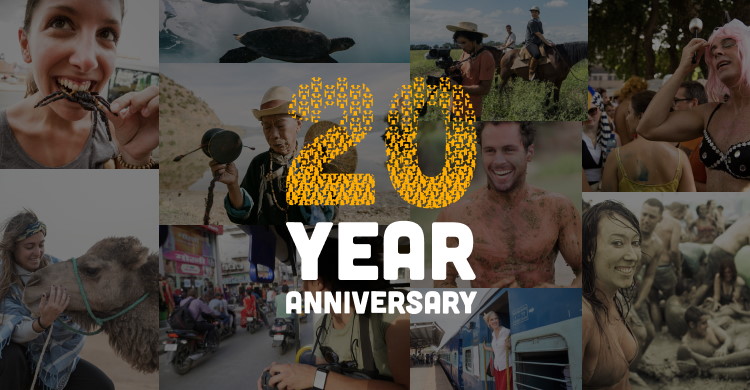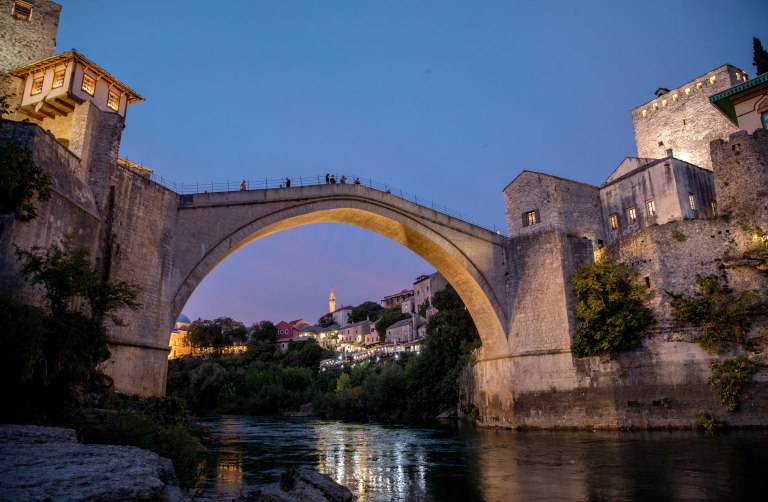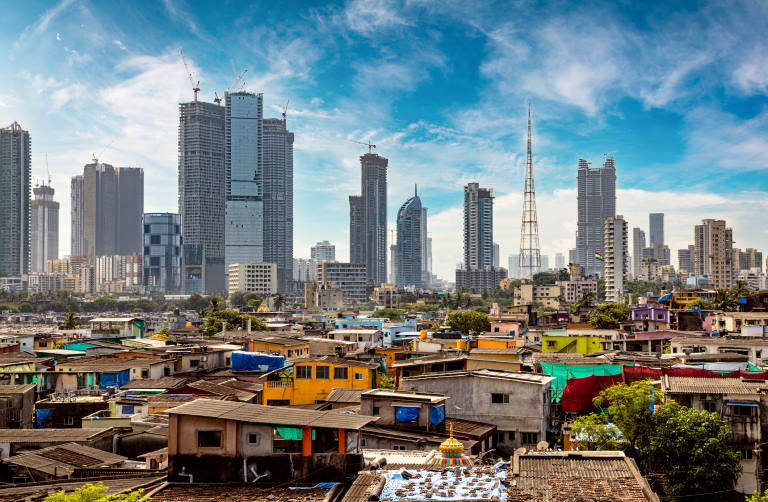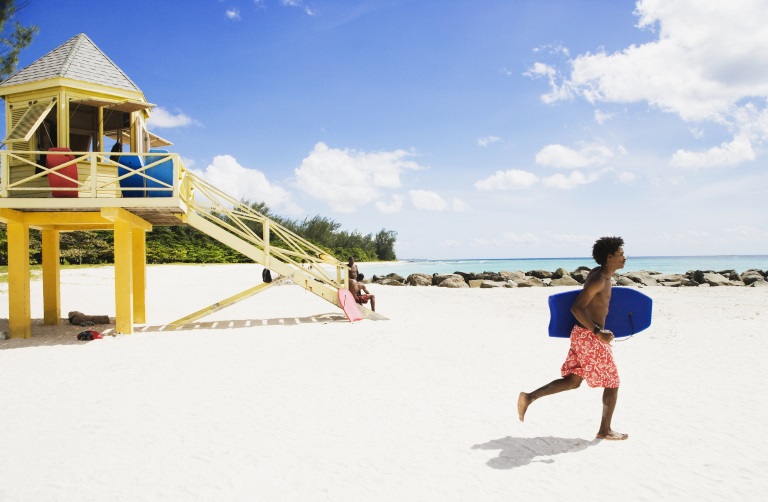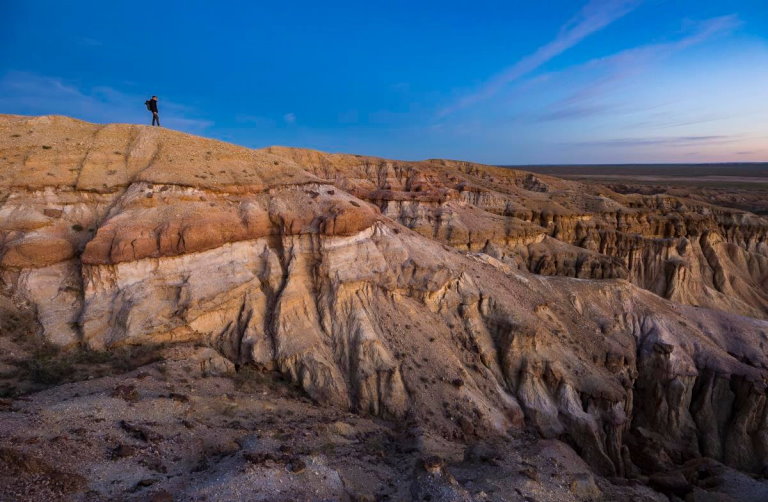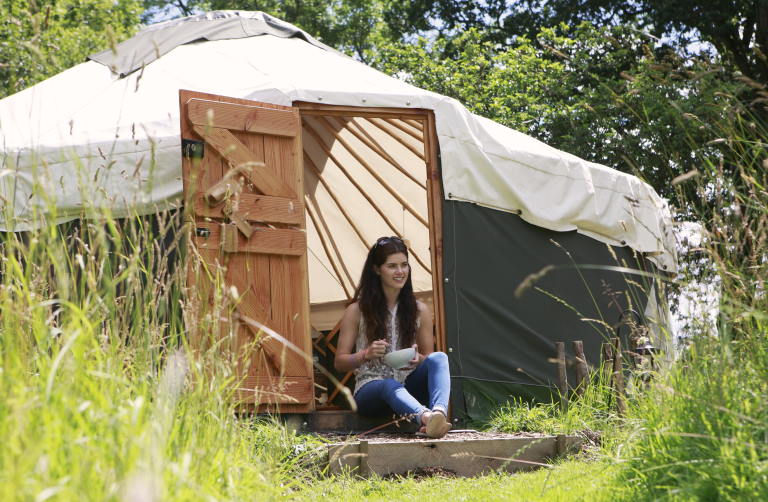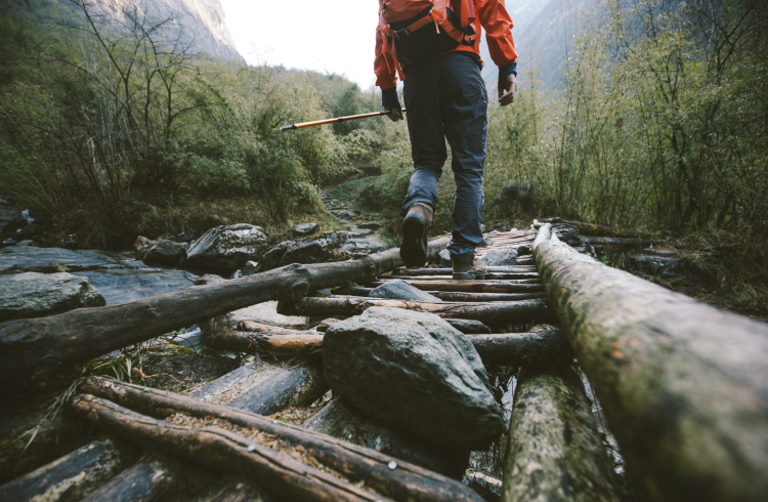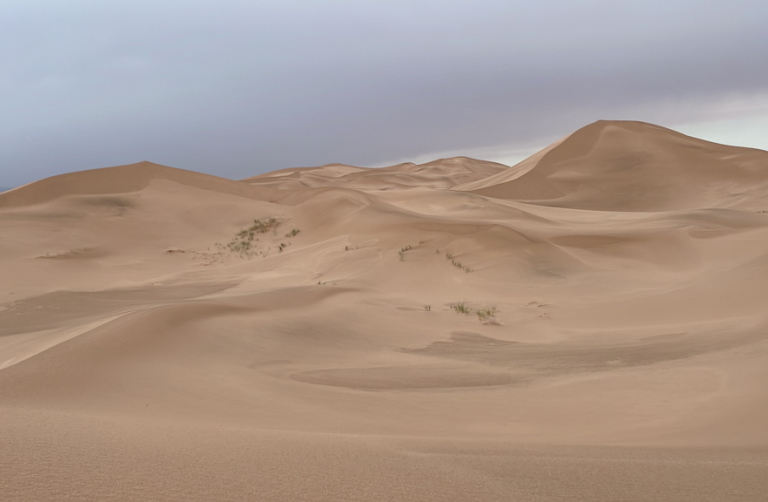Travel Insurance for 250+ Adventure Sports and Activities
Travel insurance designed for adventures while traveling.
- As featured in:
As featured in:
For information relating to policies purchased prior to October 23 2024, please check the Policy Wording provided with your purchase. You can contact us if you need this sent to you again. For plans purchased after October 23 2024, please see below.
- What adventure sports and outdoor activities does travel insurance cover?
- What will I be covered for if something goes wrong on my trip?
- Questions to ask when choosing a plan
- What’s not covered?
Whether you’re going rafting in Costa Rica, doing a multi-day hike in Iceland, or taking on the epic bike trails of New Zealand, the more you do to prepare for your adventure ahead of departure, the more enjoyable your trip is likely to be. Learning as much as you can about your route and packing the right gear is essential to have the best possible chance of having a safe, comfortable experience – especially if you’re planning something extreme like a cold-weather camping trip.
Travel insurance* is a smart move no matter what you plan to get up to, but it’s especially important if getting active outdoors is big on your itinerary. Our plans offer coverage for more than 250 adventure sports and activities ranging from hiking and snowboarding to scuba diving, rock climbing, and more.
Be sure to check your plan because your level of activity and sports coverage is subject to terms and conditions, limitations and exclusions.
What adventure sports and outdoor activities does travel insurance cover?
The sweet anticipation of adventure can be intoxicating, but there are some practical tasks to check off before you get too excited. Before purchasing your travel insurance plan, it’s important to ensure that all the sports and activities you intend to do are covered.
All plans, including the Standard and Annual Plans, cover more than 250 activities, sports and experiences, and the Explorer and Epic Plans cover even more than that. The Explorer and Epic Plans offer coverage for more adventurous activities as well, like high altitude hiking or cliff diving. It's important that you know all the activities you may want to do before picking a plan and then making sure your level of protection covers all possible scenarios on your trip. If your plans include hiking, look up the elevations of the highest mountain you plan to climb and then purchase the plan that will cover that. You can contact us if you have questions. We can assist you with making sure you're covered for the activities you plan to do.
Oh, and if you forgot to buy travel insurance before you left home, rest assured that you can still purchase while you’re traveling. Note that a waiting period may apply for some benefits.
What will I be covered for if something goes wrong on my trip?
Once you know your chosen activities are covered, here are some of the benefits that may be available to you (up to benefit limits) if your plans are derailed:
Emergency medical and evacuation: If during your trip, you or your traveling companion becomes sick or injured, then you’ll need to contact the 24/7 Emergency Assistance team as soon as possible. The team may be able to help locate the nearest suitable medical facility or even help get you back to your home to the US if your attending physician and the 24/7 Emergency Assistance Team deems this to be medically necessary.
Trip cancellation: If you, your traveling companion or immediate family member gets sick or injured and you need to cancel your plans, we may cover prepaid and non-refundable travel expenses up to the plan limits. You’ll need to submit documentation when filing a trip cancellation claim for a covered reason listed in your plan.
Our single-trip and annual travel insurance plans all include trip cancellation coverage. Our Epic and Explorer plans also offer the optional ‘cancel for any reason’ benefit. When you get a quote, you can compare the plans side-by-side to determine which one might be right for you.
Coverage for extended stays: if you’re having a great time on your trip and choose to delay your return to the US, you may easily buy a new plan online that will cover the remainder of your trip. You can manage your plans on our member portal, which you will have access to once you purchase a plan.
Coverage for baggage and personal belongings: if your checked baggage has been delayed or lost by the airline, the first step is to contact the airline. If the airline isn’t able to help you locate your lost bag, the second step is to contact the Delayed or Lost Baggage Tracking and Delivery service, which is another of our non-insurance service partners. Make sure to have the file reference or record locator number and Property Irregularity Report on hand when you call so you can file a lost luggage claim. The service covers every flight on every airline anywhere in the world, and you’ll be updated every step of the way.
If your baggage or personal items can’t be located, or they’ve been damaged or stolen, you’ll need to submit receipts, along with police reports or an incident report from your carrier (if your belongings were lost in transit). Your coverage will vary according to your insurance plan. Read your plan for details on terms and conditions, maximum benefit limits, and exclusions of your coverage.
Travel inconvenience: not everything is predictable when you’re on the road, but if you’ve purchased an Explorer and Epic travel insurance plan, you may be covered for many of the hiccups you could encounter. If, for example, you’ve booked a ski or snowboarding trip but the resort facilities are closed during the time you are there, you may be eligible for $250 compensation. Travel inconvenience could also cover expenses related to tarmac delays, rental car breakdowns, cruise diversions and more. There is a time-sensitive period related to this benefit, so be sure to purchase your insurance plan within seven days of making the first payment or deposit towards your trip to be eligible.
Questions to ask when choosing a plan
It may be tempting to consider the cheapest coverage option without reading the plan wording. However, you’ll want to pick the best plan for your trip. A weekend camping trip in a neighboring state will warrant different coverage than a month-long trek through Asia. Although reading the plan documents can be a tedious task, it’s best to familiarize yourself with all the benefits, limits and exclusions before you buy.
When deciding which plan is best matched to your adventures you might want to ask yourself:
- What kind of activities will I be doing on vacation?
- What activities are my travel companions planning?
- What coverage do the different plans offer for these activities?
- What exclusions might apply?
Note: please choose your plan carefully as you can’t upgrade from a Standard plan to an Explorer or Epic plan mid-trip.
What’s not covered?
Here are some examples of what is not covered under our plans. Please refer to your policy for the complete list.
- Any medical bills related to a pre-existing condition, unless you purchased the Explorer or Epic Plan during the time-sensitive period were medically able to travel at the time of purchase.
- If you do not use a professional qualified and licensed guide or operator where required.
- Damage to any sports or activity equipment while in use.
- Unattended baggage or personal items.
- You’re behaving in a reckless manner, or your actions are in breach of the local laws.
- If you participate in any sport on a professional basis (you are getting paid as a professional athlete).
Travel Insurance Benefits: how we can take care of you
Trip Cancellation
Been working hard for your trip?
We'll work hard to protect it.
Trip Protection
- Unexpectedly hospitalised?
- Travel buddy unfit to travel?
- Close relative suddenly dies?
We’ve got your back.
Emergency Medical Expenses
Feeling fit and healthy? What if you get sick or injured?
Take the pain out of medical or dental costs.
Emergency Medical Insurance
- Need meds quick?
- Accidentally injured?
- Suddenly sick?
We’ve got your back.
Emergency Medical Transportation
Know where the nearest hospital is?
Don’t stress, we’ll get you there quickly.
Evacuation and Repatriation
- Banged up abroad?
- Need a hospital urgently?
- Medivac home?
Help starts here.
Protect your gear
Love photography, filming or sport?
Cover your bags, tech or gear.
Protect your gear
- Passport or tech stolen?
- Airline lost your gear?
- Bags delayed?
Help starts here.
- Emergency Overseas Medical & Dental Expenses
- Emergency Medical Evacuation & Repatriation
- Trip Cancellation or Interruption
- 24-Hour Assistance Services
- Baggage
- And more (depending on your country of residence)
24/7 emergency assistance
Whether you need medical assistance or emergency evacuation, our teams are available 24 hours a day, 7 days a week, 365 days a year before and during your trip.
Are you in need of emergency assistance right now?
Contact the teamRichard on assignment in Mongolia
Our Mongolia scholarship trip took Travel Photography Scholarship mentor Richard I’Anson to the far reaches of the Gobi Desert and into the colorful pageantry of the Naadam festival.
Scholarship mentor Richard I’Anson shares the highlights of his journey with Discover Mongolia, his thoughts on the benefits of our scholarships, and his tips for budding photographers.
1. How did you become a World Nomads Scholarship mentor?
I was fortunate to be invited by the World Nomads team in 2016 to become only the second Travel Photography Scholarship mentor. I was told the people in charge were aware of my work and interest in sharing my knowledge through my Lonely Planet travel photography book.
2. What makes Mongolia such a unique destination?
It’s a huge country with spectacular and varied landscapes including deserts, mountains, and vast steppes. Once you’re out of the capital city everywhere feels remote, so the sense of adventure is strong and enhanced by the long drives and encounters with Mongolia’s famous nomadic culture.
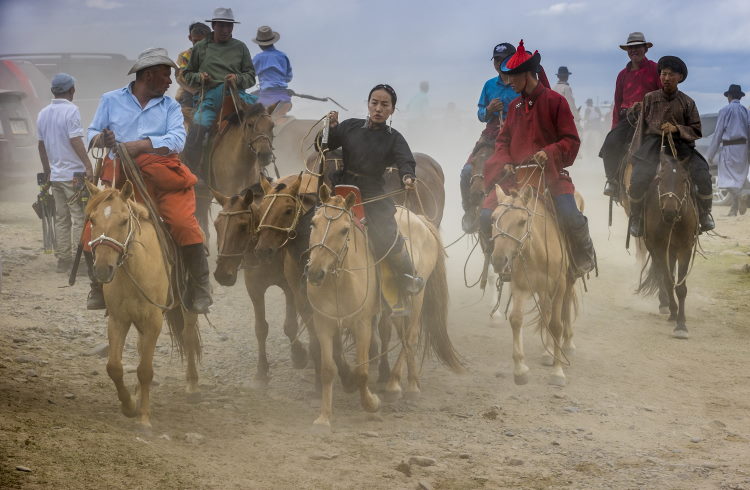
3. What makes World Nomads Scholarships such a fantastic opportunity?
The opportunity to travel on a private photography tour is amazing. The trips are 100 percent focused on capturing great photos, so it’s a rare opportunity to immerse yourself in an intense photography experience with people whose job is to get you to the right place at the right time and assist in all aspects of image creation.
4. What were the highlights of the Mongolia trip?
Every day produced memorable experiences and photography opportunities, but all three locations in the Gobi Desert and the regional Naadam festival at Kharakorim were the standouts for me.
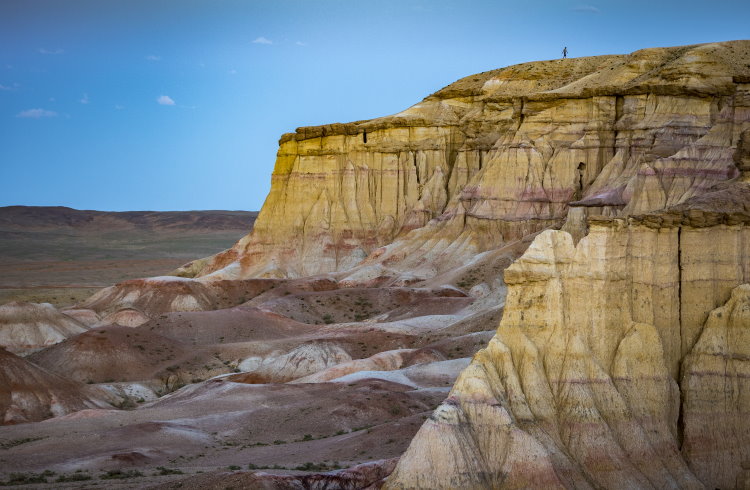
5. What were the challenges of the Mongolia trip?
Nothing out of the ordinary. We covered big distances so the drives were long, but that was more challenging for our driver from Discover Mongolia. The biggest photography challenge was the long days. Because it was summer, sunrise was around 5am and sunset around 9pm. Thankfully, there was plenty of time to nap in the car on the long drives between locations.
6. You run a lot of photo tours around the world. What is the most common mistake beginner travel photographers make?
Not fully understanding the technical aspects of photography (shutter speed, aperture, and ISO) and how they relate not just to correct exposure (which digital cameras can do well automatically) but how they relate to creative photography where the photographer is in control (not the camera) of the settings to achieve the look and feel in their images that they have in their mind’s eye.
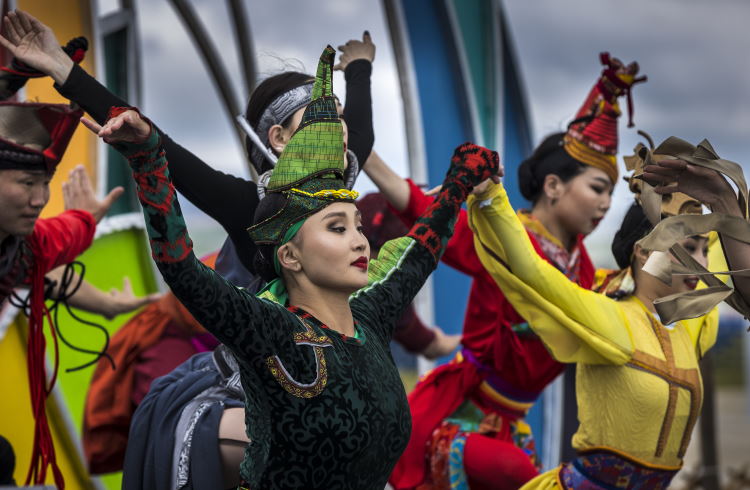
7. What advice can you give someone who wants to break into the industry?
Learn the technical stuff (see above) so that using the camera becomes second nature, so that you can concentrate on the creative aspects of great photography, namely subject selection, composition, and light, so that you maximize the chance of capturing fleeting moments, which so often produce the best pictures.
Educate yourself on what quality photography looks like by studying the work of established photographers. Learn to step back from your own work and assess it dispassionately. This is harder than it sounds so seek the opinion and guidance of professionals and teachers where possible.
